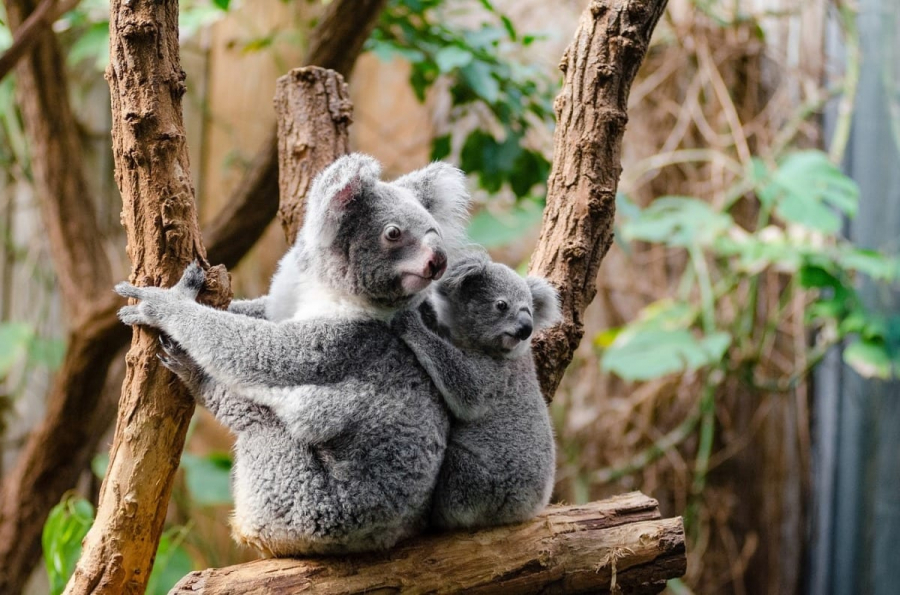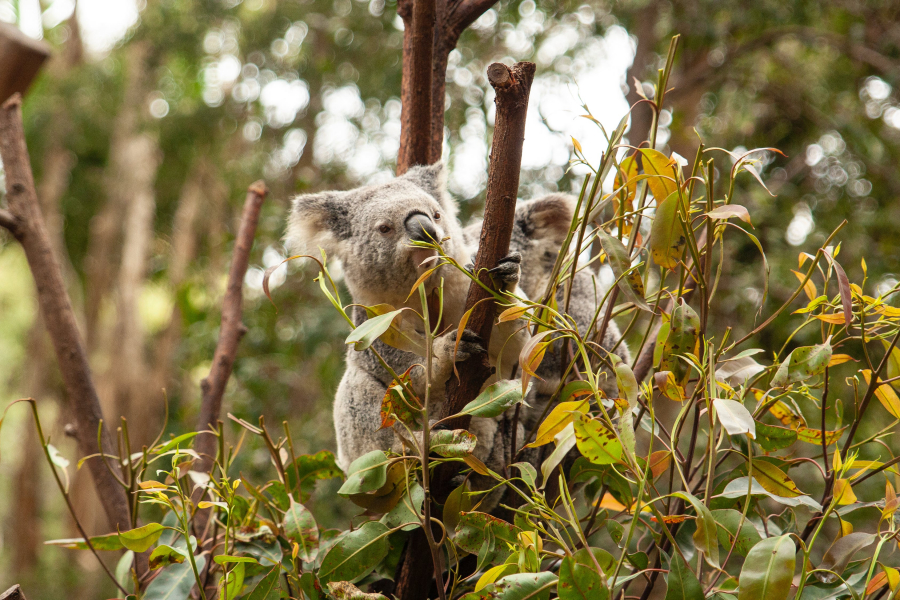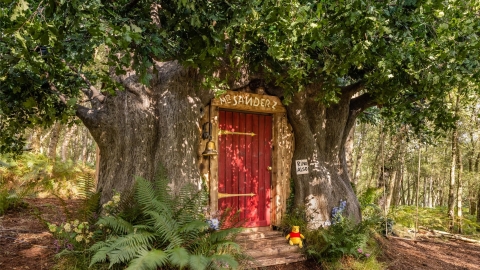The Australian Koala nonprofit estimates the koala population has dropped to less than 58,000 this year, down from more than 80,000 in 2018. The decline is occurring in every region of Australia, with some areas now having as few as five to 10 koalas.
In an interview with Reuters, Australian Koala Foundation President Deborah Tabart said this was a huge loss and action must be taken to save the animal.

Drought, bushfires and clearing of land for development and housing have severely damaged the habitat of Australia's iconic marsupial.
Koala numbers are not increasing anywhere in Australia. Ms Tabart suggested the country needs a Koala Protection Act. "I think action is urgently needed. I know the situation with koalas can seem like a long story of shortages and destruction, but these numbers are true. The reality could be worse."
The most severe koala decline has occurred in New South Wales, where numbers have fallen by 41% since 2018, in no small part due to bushfires in late 2019 and early 2020.
“What we are concerned about is places like New South Wales, where the drought of the last 10 years has had a negative impact on koala populations, where the river systems have completely dried up, and where the koalas' lifeblood has now died out.”

Some areas in New South Wales have lost all sightings of koalas.
The Australian Government has been calling for public input on its national recovery plan for New South Wales, Queensland and the Australian Capital Territory around Canberra since June. The public input on the recovery plan will be released on 24 September to consider whether the koala’s threatened species status should be upgraded from “vulnerable” to “endangered”.
The AKF continues to take action to protect koalas, keeping them safe and able to thrive. The AKF official website states that the actions taken will “focus on protecting trees, including habitats that have been destroyed by koalas”.

 VI
VI EN
EN




























